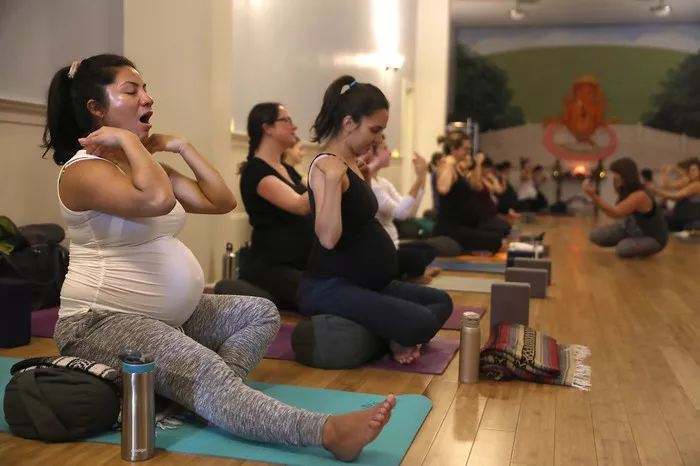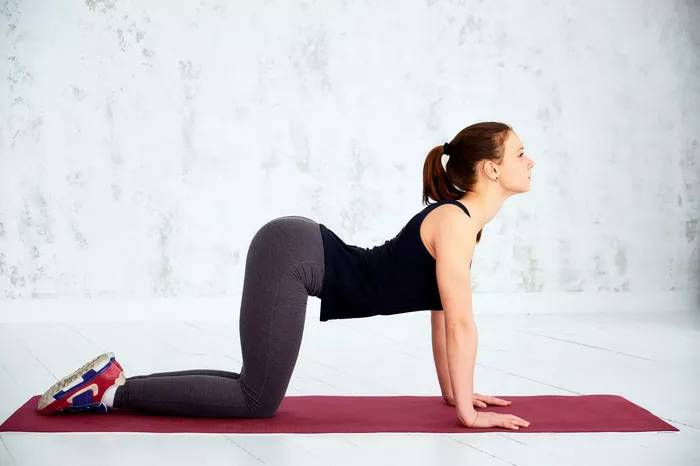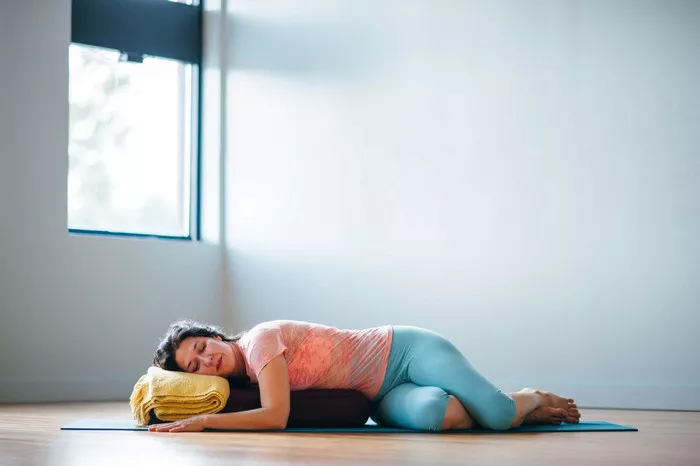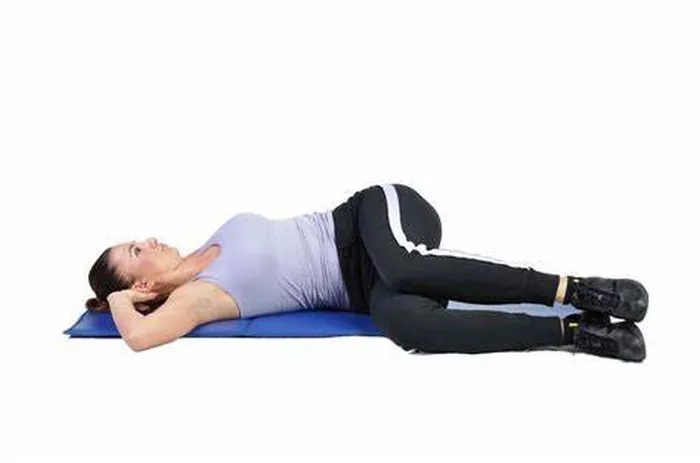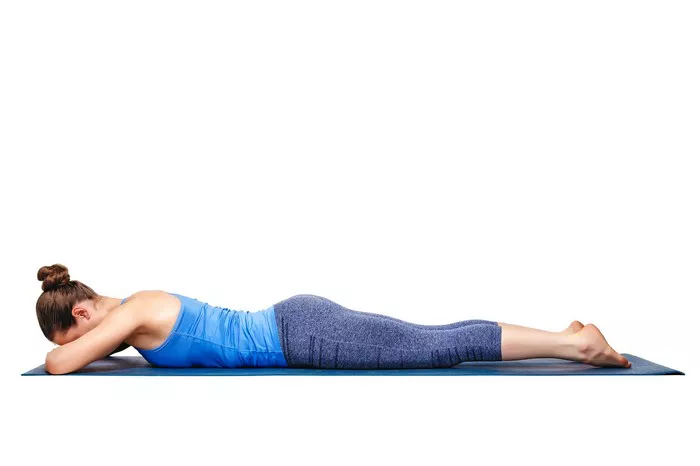Meditation and yoga have long been intertwined as pathways to physical balance, mental clarity, and spiritual awakening. While many people think of yoga primarily as a form of exercise, its deeper roots lie in meditative practices designed to connect the mind and body. The various styles of yoga offer unique benefits that can enhance meditation, helping practitioners to go deeper into their inner stillness. In this article, we will explore nine yoga styles that are especially conducive to meditation. Each of these styles offers specific advantages, whether you’re a beginner or an advanced practitioner. Let’s dive into the secrets behind each one.
1. Hatha Yoga: Foundation for Meditative Practice
Hatha Yoga is one of the most traditional and accessible forms of yoga. Often recommended for beginners, Hatha focuses on the basics: physical postures (asanas), breathing techniques (pranayama), and mindful awareness. By promoting a balanced state in both the body and the mind, Hatha Yoga sets a stable foundation for meditation.
- Slow and deliberate movements make it easier to maintain focus.
- Emphasis on breath control helps calm the nervous system.
- Preparation for seated meditation is integrated through gentle stretches.
Hatha sessions usually conclude with a period of relaxation or silent sitting, which seamlessly transitions into meditative states. For many, this form serves as a bridge between physical yoga and deeper meditative practices.
2. Kundalini Yoga: Awakening Inner Energy
Kundalini Yoga is a dynamic and powerful style focused on awakening the dormant energy located at the base of the spine. This energy, referred to as Kundalini, is believed to rise through the chakras, leading to heightened awareness and spiritual enlightenment.
Kundalini sessions incorporate:
- Breath of fire (rapid, rhythmic breathing)
- Chanting mantras and specific sounds
- Repetitive movements or kriyas
- Extended meditation and visualization techniques
This style is ideal for those who are looking for a transformative experience through meditation. The intensity of Kundalini Yoga helps in breaking mental and emotional blockages, thus enhancing clarity and inner peace.
3. Yin Yoga: The Art of Stillness
Yin Yoga is a slow-paced style that involves holding passive poses for extended periods—often between three to five minutes. This practice targets the deep connective tissues of the body, such as ligaments, joints, and fascia.
The prolonged stillness in Yin Yoga makes it an excellent prelude to meditation:
- Deep relaxation helps quiet the mind.
- Physical stillness mirrors the mental stillness sought in meditation.
- Emphasis on breath aids in grounding and mindfulness.
Yin Yoga is particularly suitable for people who need to decompress from stress or physical tension before meditating. The gentle poses make it accessible to all levels, and the introspective nature naturally leads into meditative awareness.
4. Vinyasa Yoga: Moving Meditation
Vinyasa Yoga is characterized by a dynamic flow of poses that are synchronized with breath. Each movement transitions seamlessly into the next, creating a dance-like rhythm that can become a form of moving meditation.
Though it’s more physically demanding than other meditative styles, Vinyasa supports meditation in several ways:
- Breath synchronization enhances concentration.
- Continuous movement prevents mental distractions.
- Focus on transitions teaches present-moment awareness.
While not traditionally meditative in a seated sense, Vinyasa provides a powerful tool for cultivating mindfulness in action, making it suitable for those who struggle with sitting still for long periods.
5. Restorative Yoga: Deep Rest and Awareness
Restorative Yoga is a gentle, healing practice where poses are held for longer durations, often supported by props such as bolsters and blankets. The goal is to release physical tension and facilitate deep relaxation.
This style complements meditation beautifully:
- Encourages complete surrender of the body and mind.
- Reduces stress and anxiety, creating mental space for clarity.
- Supports introspection and internal focus.
Restorative Yoga is often used in therapeutic settings, and its calming effects create a receptive state for meditation. It’s particularly beneficial for people recovering from illness, burnout, or emotional distress.
6. Iyengar Yoga: Precision and Alignment
Iyengar Yoga is known for its meticulous attention to detail and alignment. Props are often used to ensure correct form, making this practice accessible to individuals of all abilities.
Though often seen as physically rigorous, Iyengar’s meditative quality lies in:
- Intense focus on body awareness
- Structured sequence of poses that demand full attention
- Emphasis on breath control and timing
The mental discipline required in Iyengar Yoga helps sharpen concentration, which is a vital skill in meditation. The alignment focus also promotes energy flow, easing the practitioner into a centered and balanced state ideal for meditative practice.
7. Sivananda Yoga: Holistic Meditative Experience
Sivananda Yoga combines classical yoga principles into a comprehensive practice that includes asanas, pranayama, relaxation, diet, and positive thinking. Its structured yet gentle format makes it an excellent choice for those seeking both physical and spiritual benefits.
Key elements that support meditation include:
- Structured breathing practices
- Chanting and mantra repetition
- Guided relaxation techniques
This style promotes a balanced and sattvic (pure) lifestyle, which naturally supports meditative clarity. Because of its emphasis on spiritual teachings, Sivananda Yoga is often used as a preparatory system for deeper meditation practices.
8. Jivamukti Yoga: Spiritual Depth in Movement
Jivamukti Yoga integrates physical practice with spiritual activism and philosophical teachings. Created in the 1980s, it combines vigorous asanas with ethical living and meditative principles.
What makes it suitable for meditation:
- Incorporation of sacred texts and chanting
- Focus on self-inquiry and mindfulness
- Connection of physical and spiritual disciplines
This approach helps cultivate a deeper awareness that extends beyond the yoga mat. For those interested in a spiritually rich and intellectually engaging path, Jivamukti Yoga offers an immersive way to deepen both meditation and life understanding.
9. Raja Yoga: The Royal Path to Meditation
Often referred to as the “royal path,” Raja Yoga is considered one of the most direct approaches to achieving meditative enlightenment. Based on the Yoga Sutras of Patanjali, it includes eight limbs, of which asana is only one.
Raja Yoga emphasizes:
- Ethical principles (yamas and niyamas)
- Breath control and sensory withdrawal
- Focused concentration (dharana) and meditation (dhyana)
This style is deeply rooted in the goal of achieving spiritual liberation (samadhi). It is ideal for those who are serious about meditation and wish to explore its philosophical underpinnings as well as its practical techniques.
Conclusion
Each yoga style offers a unique path to enhancing meditation, whether through physical relaxation, breath control, spiritual insight, or mental discipline. While some styles, like Hatha and Yin, ease you gently into stillness, others like Kundalini and Raja offer a more profound energetic or philosophical depth. The key is to find the style—or combination of styles—that resonates with your personal journey.
Meditation is not a one-size-fits-all endeavor, and the beauty of yoga lies in its adaptability. Explore, experiment, and trust that the right style will guide you deeper into your own inner sanctuary. With dedication and openness, yoga can truly become the secret key to unlocking the full potential of your meditative practice.
Related Topics:




